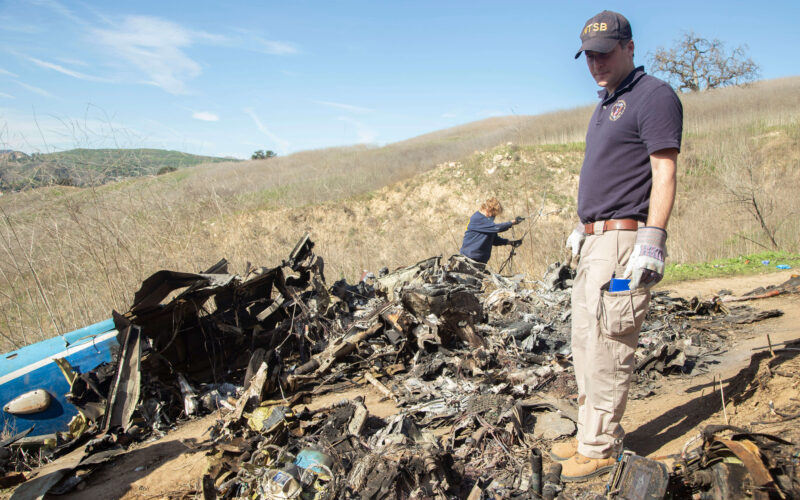According to the final report of the US National Transport Safety Board (NTSB), the helicopter crash that resulted in the death of basketball player Kobe Bryant, his 13-year-old daughter Gianna, and six other people on January 26, 2020, was caused by the pilot’s poor decisions and a potential “self-induced pressure” to satisfy his famous passenger.
Shortly after the pilot announced he would climb to 4,000 feet (1,200 meters) to rise above the ambient thick fog, the Sikorsky S-76B helicopter, registered N72EX, entered a left turn and plunged into a hill near Calabasas, California.
“This maneuver is consistent with the pilot experiencing spatial disorientation in limited visibility conditions,” said Sumwalt. “He would incorrectly perceive that the helicopter was climbing when it was descending.”
The experts also point at the pilot’s choice not to file an emergency flight plan and not to land at a closer airport to wait for the end of the bad weather conditions. That judgment might have been caused by the pilot’s “self-induced pressure to fulfill the client’s travel needs.”
No external pressure on the pilot to complete the flight, either by Bryant, or the company, was found by the NTSB. The investigation did not find any malfunction or failure from the helicopter.
Despite his experience (over 8,500 visual flight hours, including 1,250 on the Sikorsky S-76 helicopter), the pilot’s decision to continue “to fly on sight in instrument meteorological conditions, which resulted in his spatial disorientation and loss of control, led to the fatal crash.”
Vanessa Bryant, the player’s widow, had filed a complaint after the accident against Island Express, the operator of the helicopter, for allowing the flight to take place despite the fog. However, the NTSB concluded that despite the bad weather conditions, visibility was good enough to allow the pilot to fly on sight while maintaining contact with the ground.

